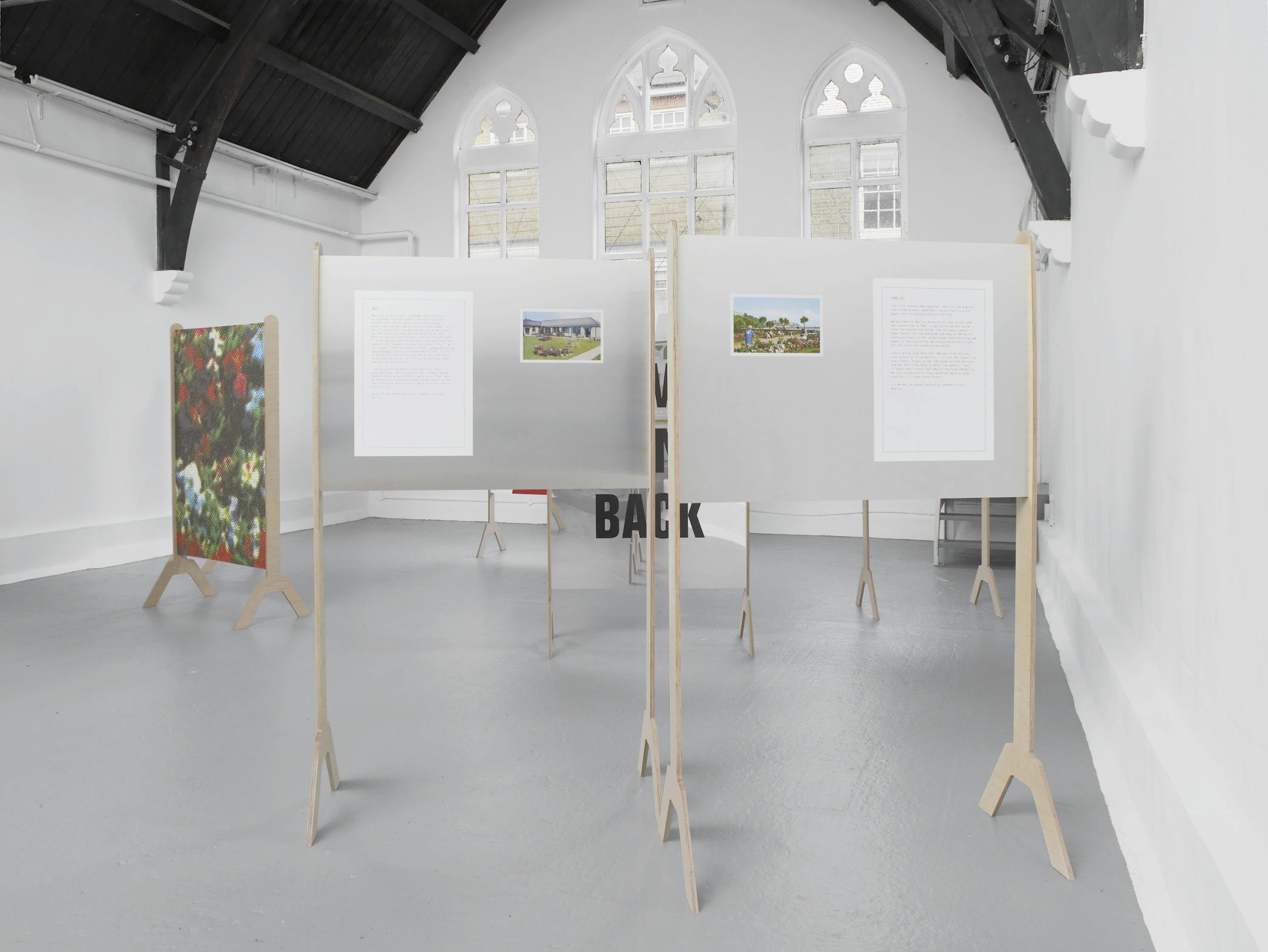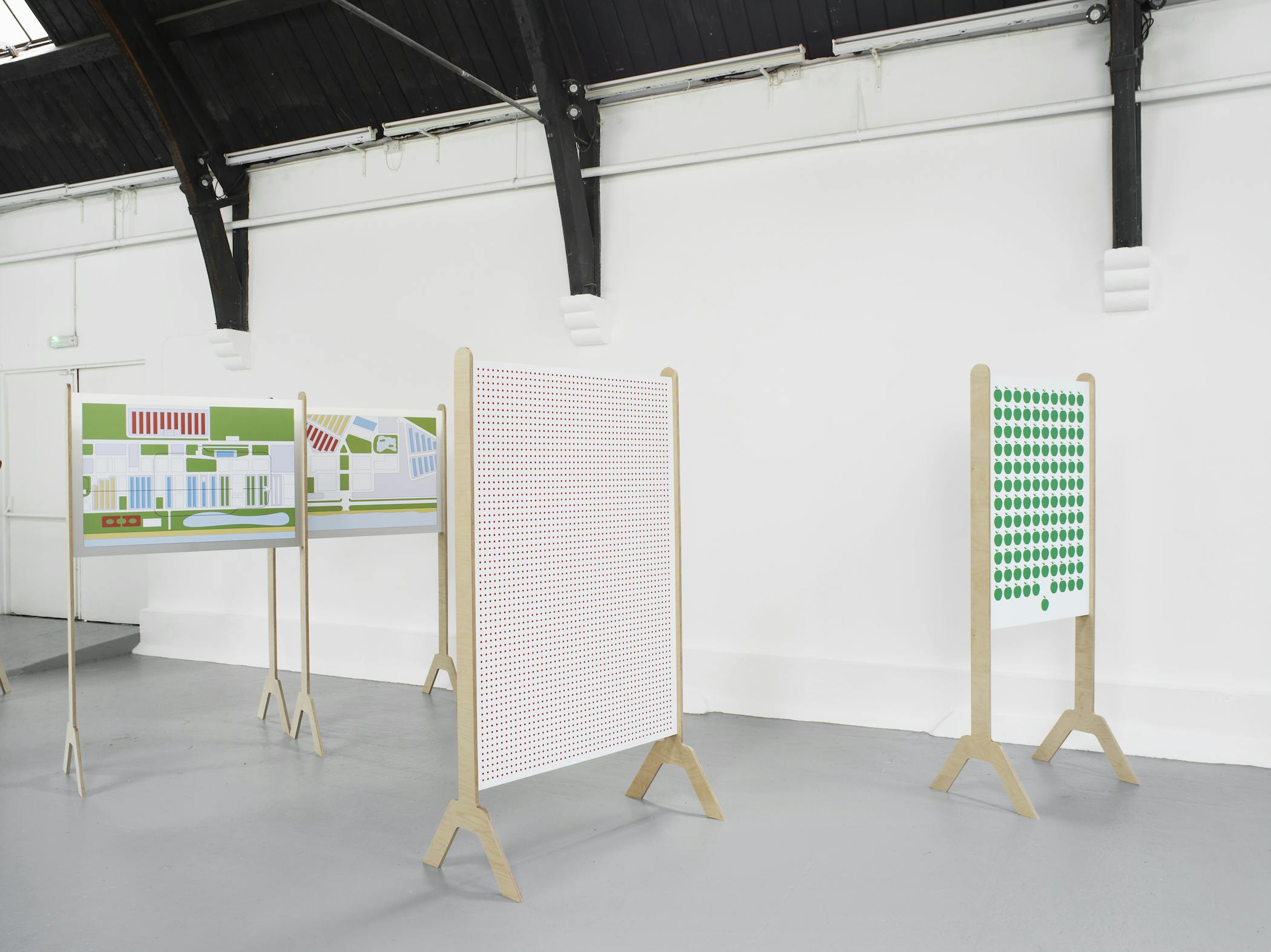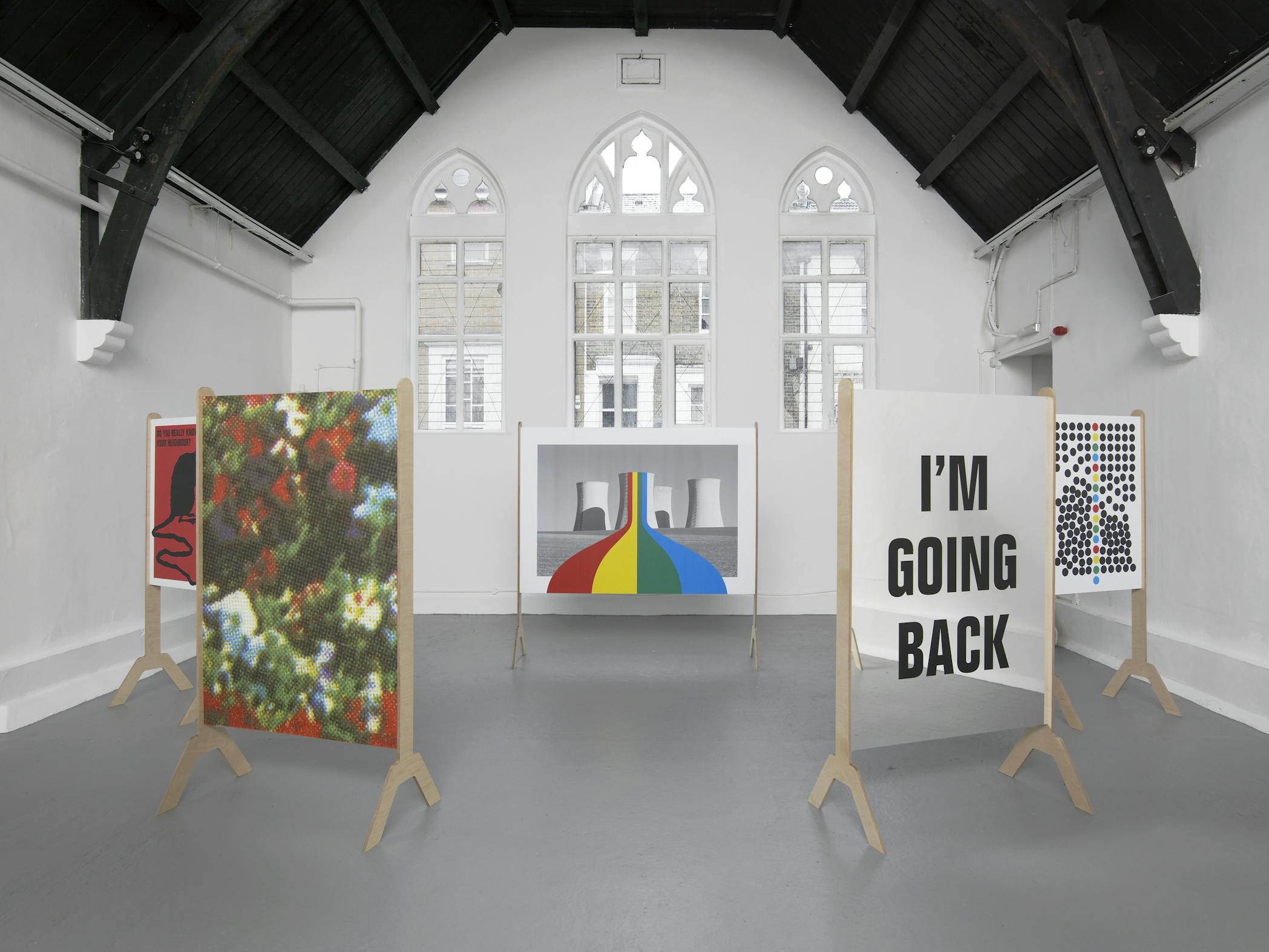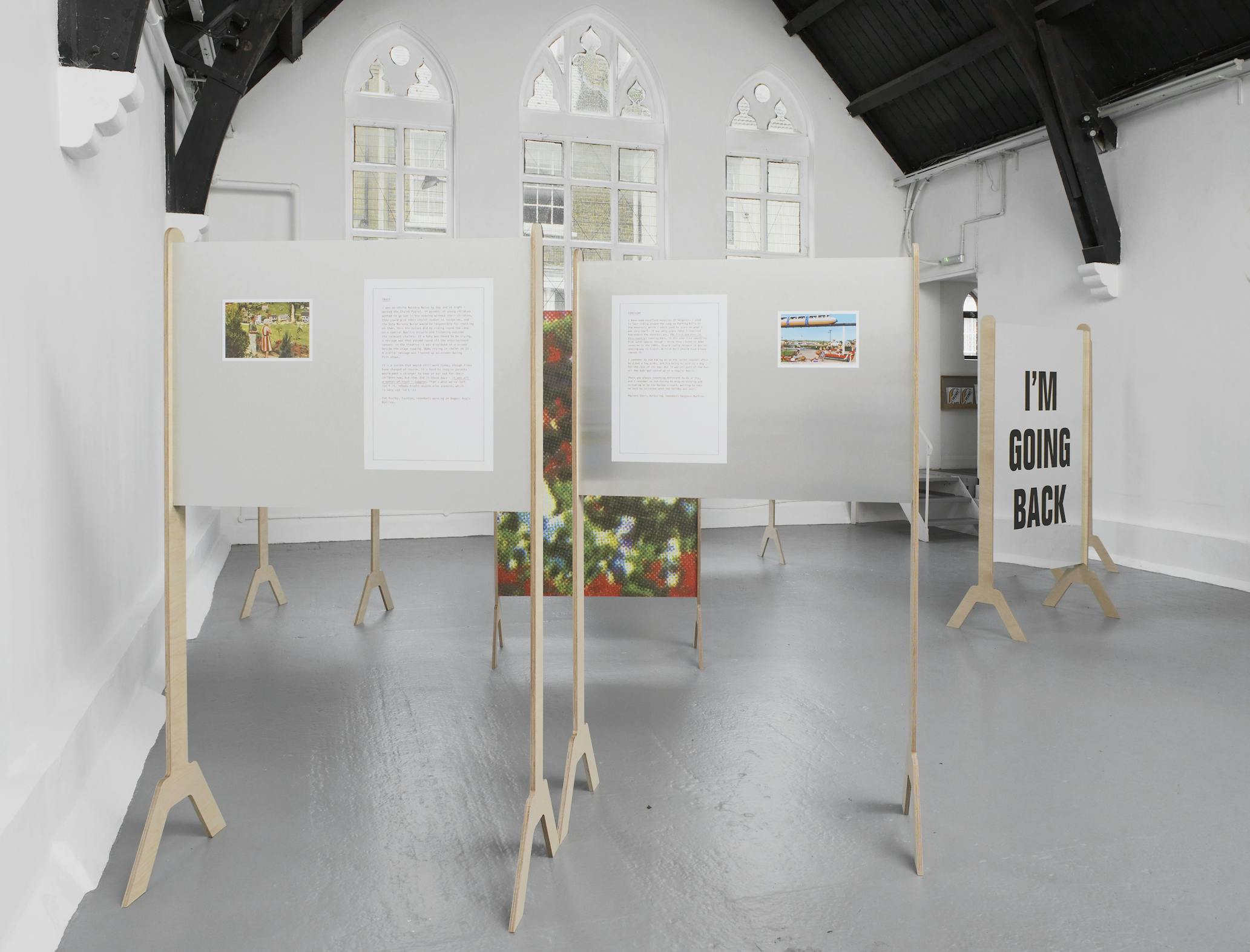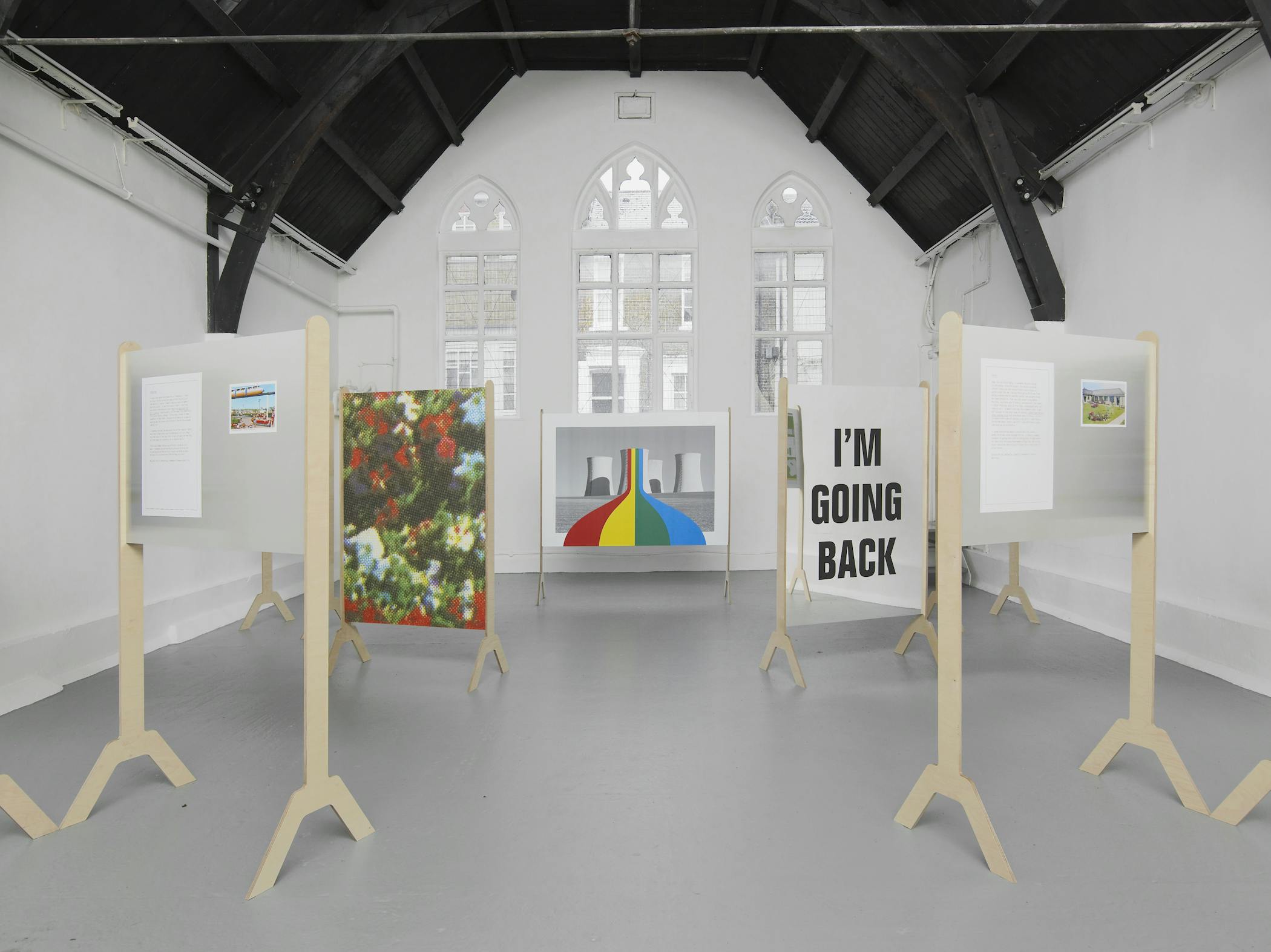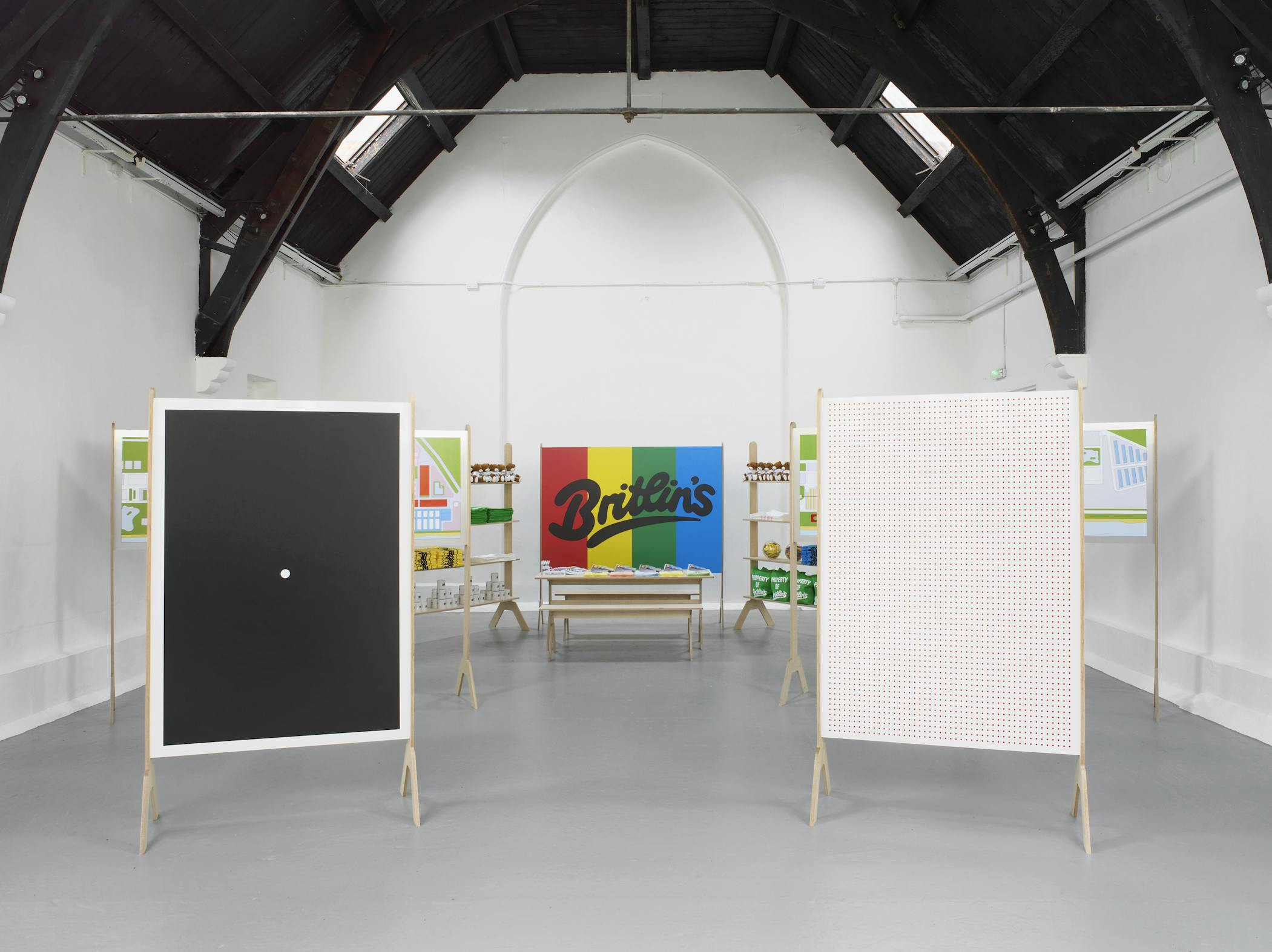Do you remember:
When you knew your neighbours?
When shop assistants were not machines?
When you could still telephone your bank?
When a holiday was at home, not abroad?
When summer seemed to last forever?
When you felt that you belonged?
If you answered YES to any of these questions…
There may be a place for YOU in Saxnot.
Former fairground showman Billy Butlin opened his first holiday camp at Skegness, Lincolnshire in 1936. Butlin’s vision was to provide British working class families with ‘a week's holiday for a week’s pay’. This idea quickly became a phenomenon. Between the mid 1930s and mid 1970s, Butlin operated ten seaside camps that played host to millions of holidaymakers, generating at least three generations of ‘great Butlin’s memories’.
During the late 1970s, Butlin’s camps went into decline, in part due to travel companies offering cheap package holidays to ‘the continent’, but also due to a change in values. As the Second World War and military service disappeared from memory, so too did the desire to ‘join in the fun’, have one’s holiday micro–managed, or win a trophy for having knobbly knees. In a short window after the ‘Swinging Sixties’ and before Thatcherism, British people woke up to a freedom that they felt they had earned, and chose the Mediterranean over Minehead. Many Butlin’s camps closed down and British seaside towns would never recover.
In Welcome To Saxnot, King proposes the new town of Saxnot as an invention of the fictional, Butlin’s inspired brand ‘Britlin’s’. Saxnot is built on an idealised memory of ‘how things used to be’. King has conjured up a fantasy of Britain’s past, taking the holiday camp as a template for a model society: implanting the ethos, planning, regimentation and fun of 1970s Butlin’s and from it building a model for a New Britain. Saxnot is Britain re–designed from collective memory; the memories of an older generation who experienced the one week a year utopian, fun–filled rigidity of life at Butlin’s; where ‘everyone got along’ and you might accidentally spend your holiday with the family from across the street.
At Studio Voltaire, Welcome to Saxnot formed a major new large–scale installation comprising a series of free–standing infographic works as well as printed matter and products that point to Britlin’s ethos and agenda.
Read
Alongside this, at times a Britlin’s representative was available to guide visitors through the installation, promoting the benefits of Britlin’s and urging visitors to sign–up to a new life in Saxnot.
King’s ludic proposals for the new town included Butlin’s inspired amenities, such as an Old Time & Sequence Ballroom and Cash Bingo Lounge, alongside similarly nostalgic menu plans and adult activity programmes. However, a more disquieting scheme to wall off the capital with a Trumpian, 100 mile ‘London Partition’ hints at less cheerful purposes. Sited between an advertising campaign, trade fair, urban planning policy, and utopian leisure complex, King’s navigation of how a sunnily innocuous, romanticised version of our past might be aggressively re–marketed for political or ideological gain uncomfortably resonates with contemporary forms of nationalism.
This is King’s first solo institutional exhibition in London.

